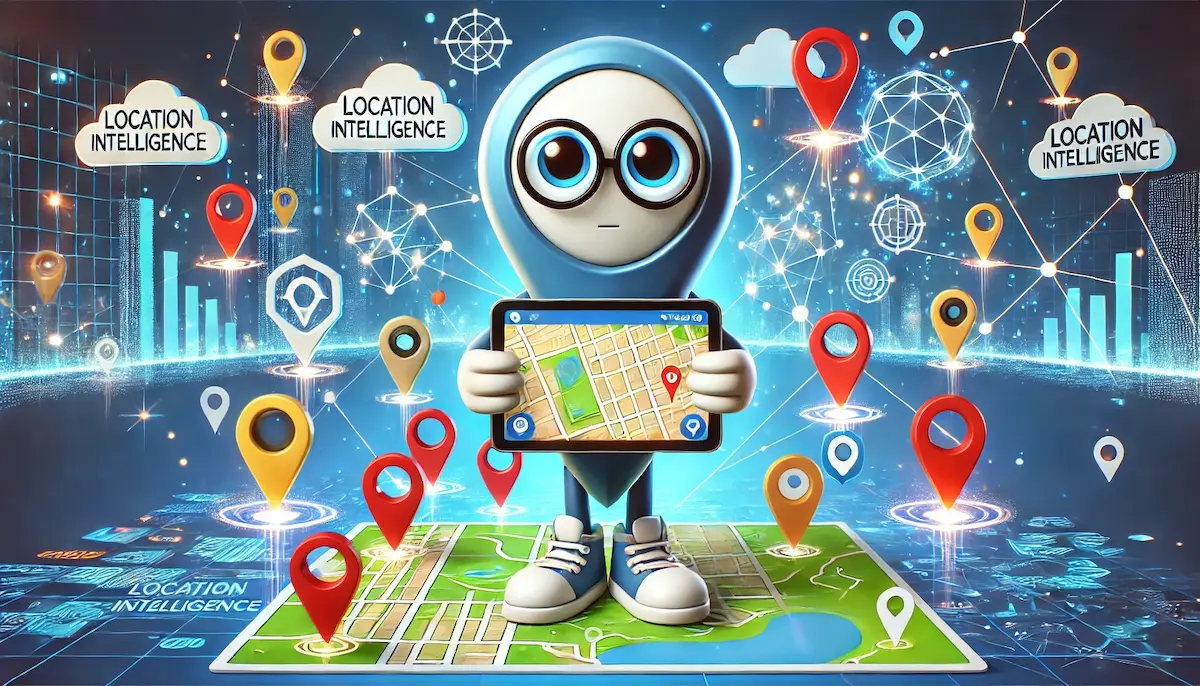In today’s data-driven world, understanding the spatial dimension of data is crucial for making informed decisions. Location intelligence (LI) is the process of deriving meaningful insights from geospatial data to enhance business and operational strategies. By integrating location data with various other data types, organizations can uncover patterns, trends, and relationships that might otherwise remain hidden.
What is Location Intelligence?
Location intelligence, also known as spatial intelligence, involves the use of geographic information systems (GIS), mapping tools, and spatial analytics to visualize and analyze geospatial data. This process transforms raw location data into actionable insights, enabling businesses to make smarter decisions. Location intelligence can be applied across numerous fields, including marketing, logistics, urban planning, and risk management.
Key Components of Location Intelligence
Location intelligence systems consist of several key components and processes:
- Data Collection: Gathering geospatial data from various sources such as GPS, satellite imagery, mobile devices, and social media.
- Data Integration: Combining location data with other data types, such as demographic, economic, and environmental data, to provide a comprehensive view.
- Spatial Analysis: Applying analytical techniques to explore spatial relationships, patterns, and trends within the data.
- Visualization: Using maps, graphs, and interactive dashboards to present spatial data and analysis results in an accessible and intuitive format.
- Reporting and Insights: Generating reports and actionable insights that inform decision-making and strategy development.
Benefits of Location Intelligence
Implementing location intelligence offers numerous advantages:
- Enhanced Decision-Making: Provides a spatial context that helps reveal hidden patterns and relationships, leading to more informed and effective decisions.
- Improved Operational Efficiency: Optimizes processes such as logistics, supply chain management, and resource allocation by analyzing location-based data.
- Better Customer Insights: Analyzes customer locations, behaviors, and demographics to tailor marketing strategies and improve customer engagement.
- Risk Management: Identifies and mitigates risks by analyzing spatial data related to natural disasters, crime, and other hazards.
- Strategic Planning: Supports long-term planning and strategy development by providing detailed geographic insights.
Use Cases for Location Intelligence
Location intelligence can be applied across various industries and scenarios:
- Retail and Marketing: Identifying optimal store locations, analyzing foot traffic, and tailoring marketing campaigns based on customer demographics and behaviors.
- Logistics and Supply Chain: Optimizing delivery routes, managing fleet operations, and improving supply chain efficiency by analyzing transportation networks and travel patterns.
- Urban Planning: Supporting sustainable urban development and zoning decisions by analyzing land use, population density, and infrastructure.
- Healthcare: Enhancing public health planning and resource allocation by mapping disease outbreaks, healthcare facility locations, and demographic data.
- Insurance: Assessing risk and determining premiums by analyzing the geographic distribution of claims and the proximity of properties to risk factors like flood zones.
- Real Estate: Evaluating property values and identifying investment opportunities by analyzing location-based factors such as proximity to amenities, schools, and transportation.
Implementing Location Intelligence
To successfully implement location intelligence, organizations should consider the following steps:
- Define Objectives: Clearly outline the goals and use cases for location intelligence, such as optimizing logistics or improving customer insights.
- Collect and Integrate Data: Gather relevant geospatial data from multiple sources and integrate it with other data types to provide a comprehensive view.
- Choose the Right Tools: Select appropriate GIS software and analytical tools that meet your needs and integrate well with your existing systems.
- Conduct Spatial Analysis: Apply spatial analysis techniques to uncover patterns, relationships, and insights from the data.
- Visualize and Communicate Findings: Use maps, graphs, and interactive dashboards to present the results, making it easier to interpret and communicate findings to stakeholders.
- Monitor and Refine: Continuously monitor the effectiveness of the analysis, gather feedback, and make necessary adjustments to improve accuracy and relevance.
Conclusion
Location intelligence is a powerful tool that enhances decision-making, operational efficiency, and strategic planning by providing valuable geographic insights. By leveraging GIS, mapping tools, and spatial analytics, organizations can uncover patterns and relationships that drive better decisions and optimize operations.
Blockfine thanks you for reading and hopes you found this article helpful.
